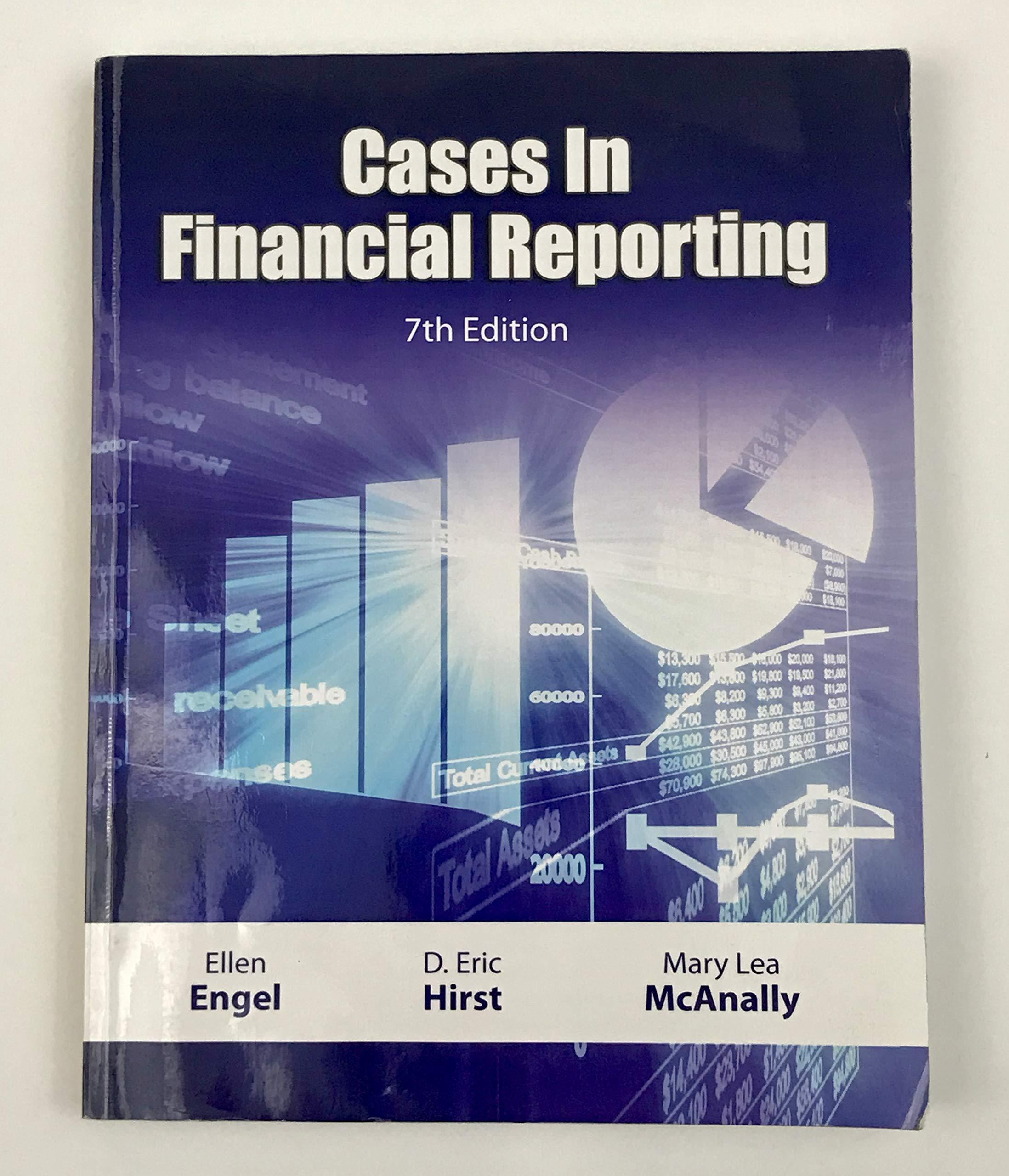Question
There is a firm consisting of a manager (M) and Shareholders (S). There is one blockholder (B) and all the other shareholders are dispersed. The
There is a firm consisting of a manager (M) and Shareholders (S). There is one blockholder (B) and all the other shareholders are dispersed. The company has no debt. The blockholder owns a fraction of the firm. Both the manager M and the blockholder B can collect information about the available projects.
Projects:
There are three potential projects. All projects look a priori identical.
The k-th project yields the following benefits:
- k: overall net monetary payoff of k-th project to all shareholders,
- bk: private benet of k-th project to M.
If no investment is made, both S and M have a zero payoff.
One of the three projects (without loss of generality let's say the third) has the following payoff:
- 3 = b3 = , so that E(K) = E(bK) = . That is choosing a project without knowing which one you are choosing has a negative payoff.
All agents are risk neutral.
Alignment of interests: The payoffs for projects 1 and 2 are as follows:
- With probability [0, 1) project 1 yields (, b) >> (0, 0) and project 2 yields (0, 0)
- With probability 1 project 1 yields (, 0) and project 2 yields (0, b)
In other words, is a congruence parameter: M and S like the same project with probability .
Information acquisition:
Both B and M exert effort to acquire information about the projects, that is, about kand bk.
E: B's effort exerted at a cost (E^2)/ 2
e: M's effort exerted at a cost (e^2)/2
M learns:
- all payoffs with probability e, independently of whether B learns
- nothing with probability (1 e), independently of whether B learns
B learns
- all payoffs with probability E, independently of whether M learns
- nothing with probability (1E), independently of whether M learns
Authority: Formal authority is always with shareholders, and the smaller (dispersed) shareholders will be passive.
Timeline:
1. Simultaneously B and M spend efforts (E and e respectively) to collect information.
2. B has the right to make the project choice first as she has authority over the project choice.
3. If B does not make any choice, M can pick a project (or none.)
4. Payoffs are realized.
Questions:
1. Write the net expected payoff for both B and M.
2. What is the optimal amount of effort exerted by B and M?
Step by Step Solution
There are 3 Steps involved in it
Step: 1

Get Instant Access to Expert-Tailored Solutions
See step-by-step solutions with expert insights and AI powered tools for academic success
Step: 2

Step: 3

Ace Your Homework with AI
Get the answers you need in no time with our AI-driven, step-by-step assistance
Get Started


